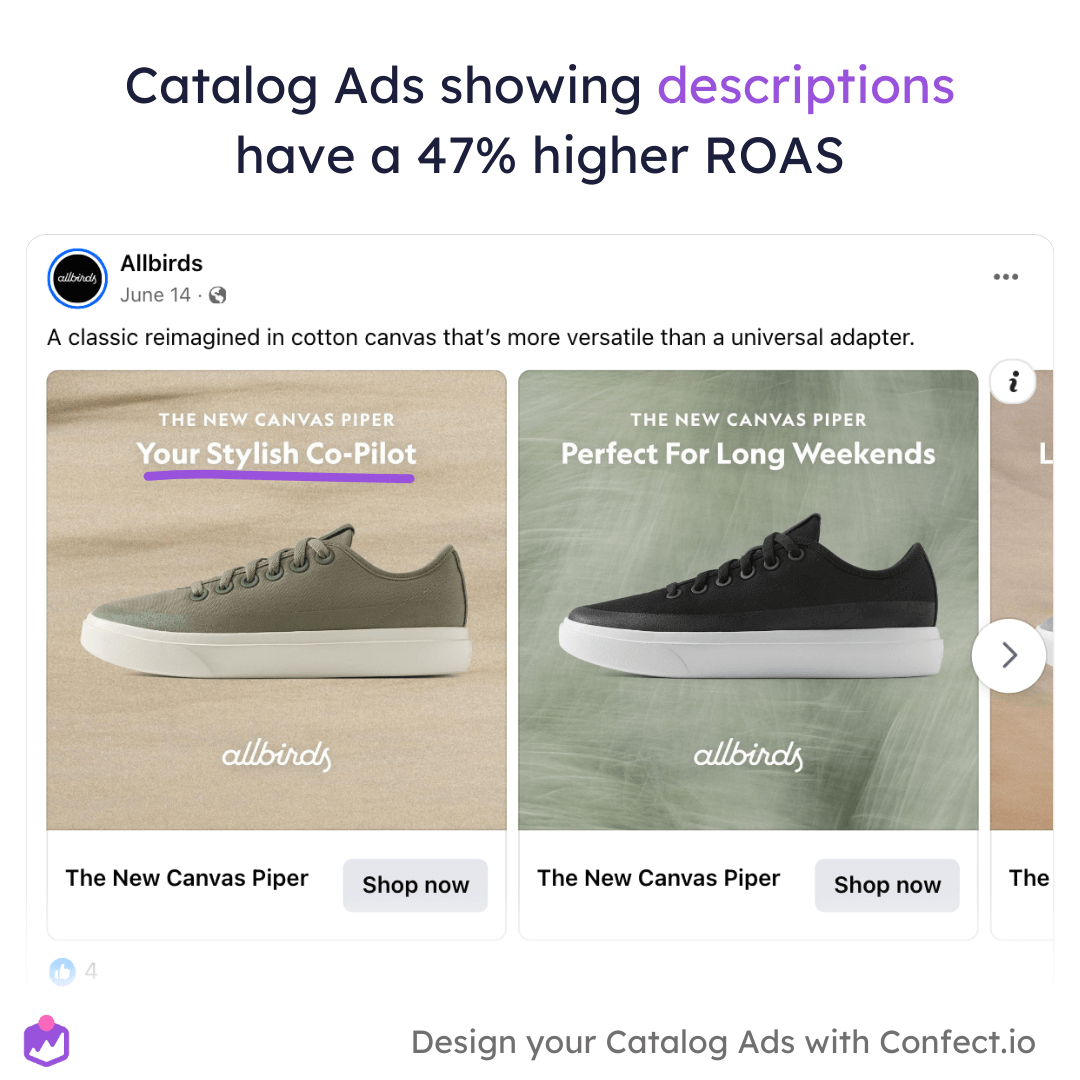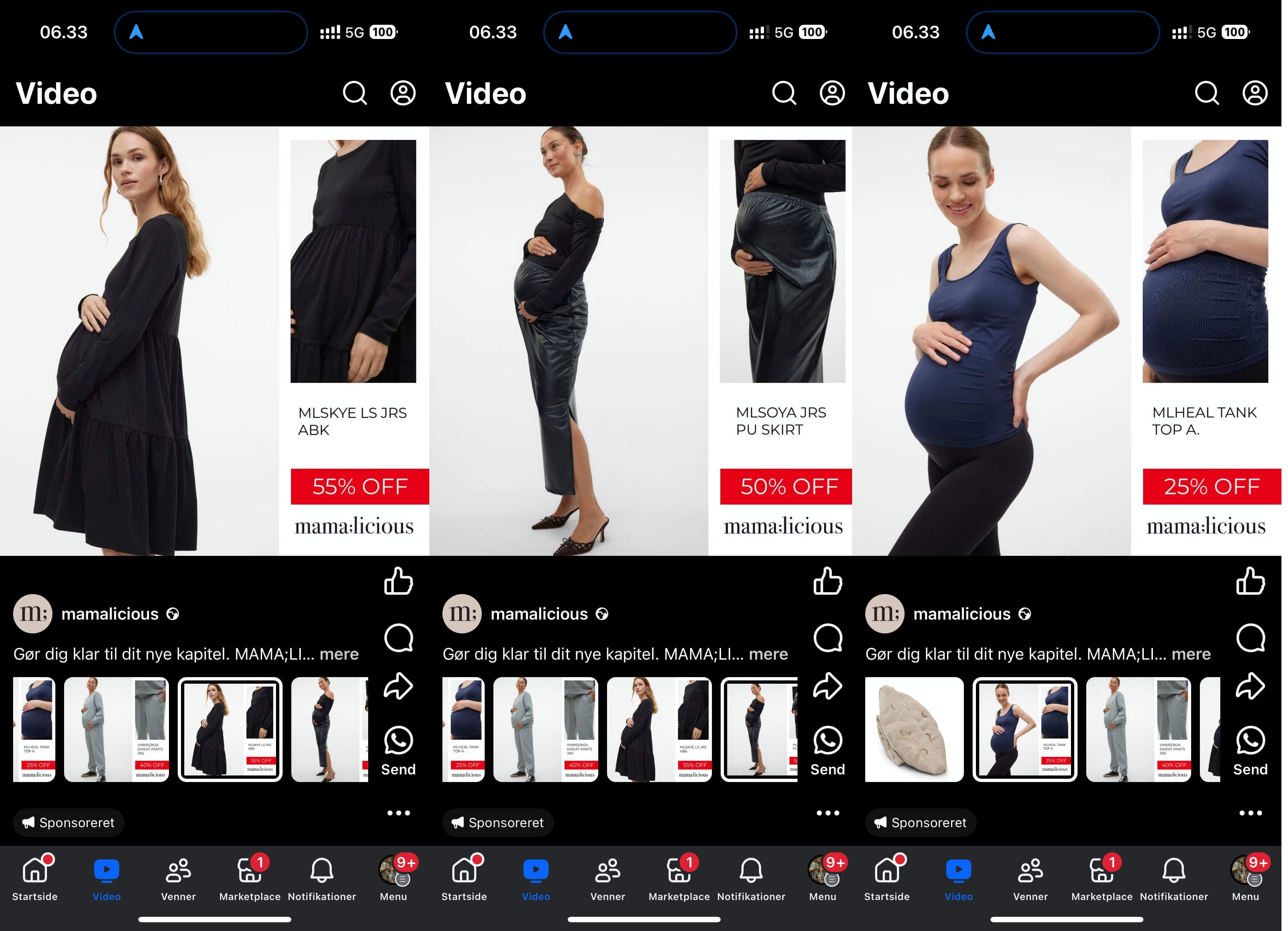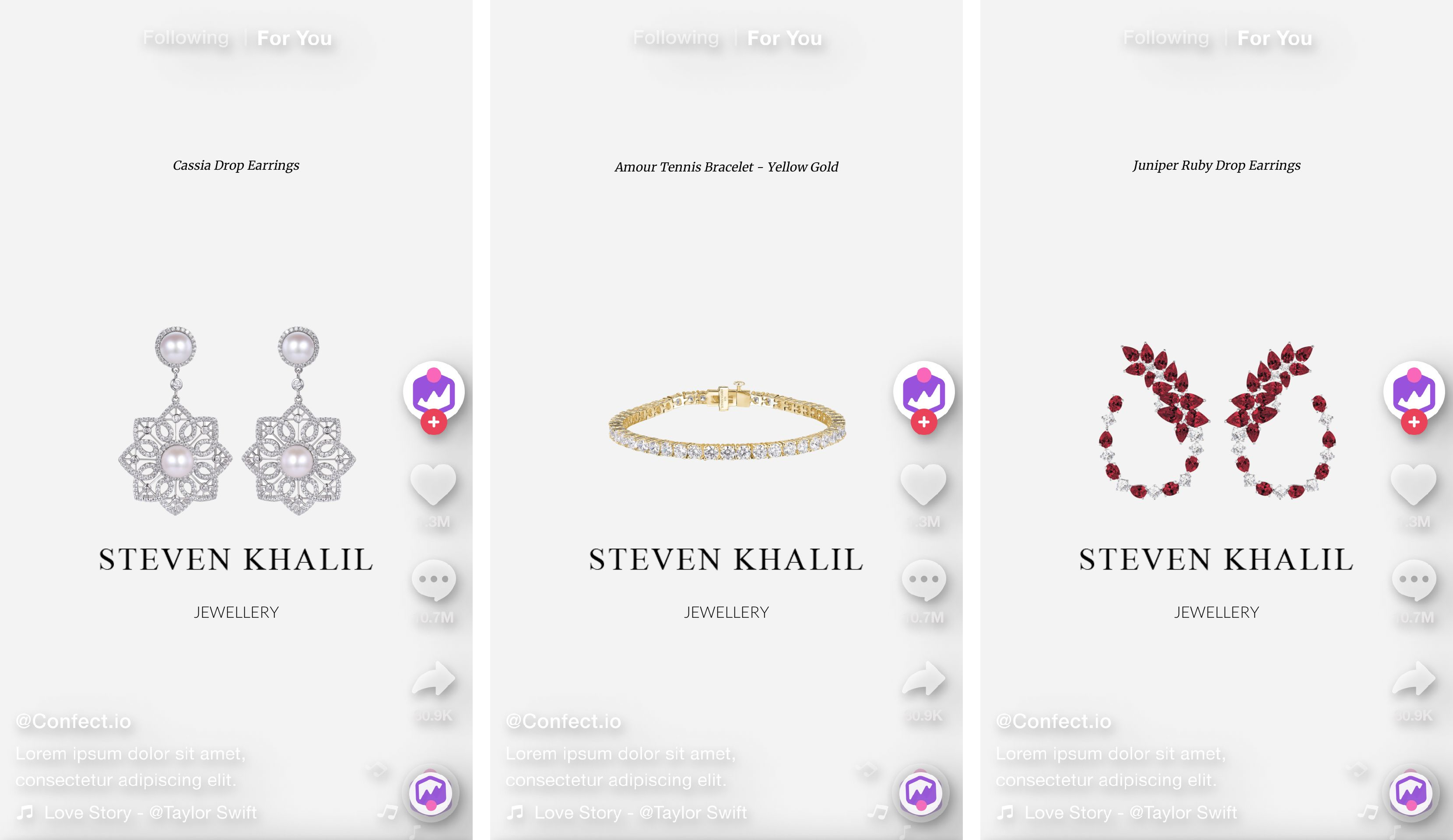Creative Testing
June 5, 2025
Creative testing is the process of experimenting with different variations of ad creative, such as headlines, images, videos, text, or formats, to determine what resonates most with your audience. The goal is to figure out which combination drives the highest engagement, the best click-through rates, and ultimately, more conversions. Whether on Facebook, TikTok, or any other paid platform, creative testing helps you stop guessing and instead know what works.
Why Creative Testing Matters in Performance Marketing
In the world of performance marketing, your creatives can make or break your campaigns. Even with the best targeting, placement, or bidding strategy, a weak creative will stall results. That’s where creative testing comes into play. It provides you with the ability to iterate, learn, and refine your approach based on actual user behavior, rather than assumptions. In fast-moving ad environments, staying agile with your creative is key to your success.

Creative Testing vs A/B Testing: What’s the Difference?
It can be somewhat easy to confuse creative testing with A/B testing, but they’re not exactly the same thing. A/B testing is a method of creative testing where you compare two versions of an ad to see which performs better. However, creative testing is an umbrella term that encompasses A/B testing, multivariate testing, dynamic creative optimization, and other related methods. It’s broader, more strategic, and ongoing.
Benefits of Creative Testing
Data-Driven Decision Making
One of the most immediate benefits of creative testing is the ability to move away from assumptions and let the data guide you. Instead of relying on gut feelings or subjective preferences, you can make creative choices based on cold, hard results. What’s performing well? What’s getting ignored? The data speaks, and creative testing is how you hear it.
Increased CTR, ROAS, and Conversion Rates
Ultimately, as marketers, we are concerned with achieving results. Creative testing has a direct impact on key performance metrics like click-through rate (CTR), return on ad spend (ROAS), and conversion rates. By identifying which creative elements work the best in tandem with your objectives, you are not just guessing what might work. Instead, you are building on what already exists. That means higher efficiency and better outcomes across your campaigns.

Reduced Ad Fatigue and Improved Engagement
Ad fatigue is not a myth; it is a real phenomenon. If your audience repeatedly sees the same visuals or copy, performance typically declines. Creative testing keeps your content fresh and engaging. By rotating in new versions and retiring underperformers, marketers can maintain momentum, extend the shelf life of their campaigns, and improve overall engagement.
When and Why You Should Run Creative Tests
Launching a New Campaign or Product
When you’re introducing something new to the market, it’s the perfect time to test. You might not yet know what kind of messaging, visuals, or tone will resonate. Creative testing during the launch phase provides a faster feedback loop, allowing you to scale what’s working and eliminate what’s not before wasting ad dollars.
Scaling Ad Spend
If you plan to scale your ad budget, do not approach it blindly. Creative that works on a small budget doesn’t always hold up under higher spending. Testing ahead of time lets you identify your strongest assets, so when it comes time to scale, you’re not burning through cash.
Identifying Top-Performing Creative Elements
Creative testing helps you isolate the individual elements that contribute to a winning ad. This comes down to multiple variables, and you may ask yourself: “Maybe it’s the headline,” or “Maybe it’s the color scheme.” “Maybe it’s the video format versus static images.” Knowing this lets you replicate success, not just by copying an ad but by understanding why it worked.
Types of Creative Testing
A/B Testing (Split Testing)
A/B testing is the most straightforward approach: you test two versions of an ad against each other to see which performs better. It’s simple, controlled, and great for testing one variable at a time. Want to know if a headline tweak makes a difference? A/B testing can tell you that.
Multivariate Testing
Multivariate testing is a bit more complex. It tests multiple variables simultaneously to observe their interactions. Think of testing three headlines and three images at the same time. This approach examines all combinations to determine the best pairings. It’s powerful, but it requires more data and a larger budget to reach statistical significance.
Sequential Testing
With sequential testing, you run different creatives one after the other rather than at the same time. This is helpful when your audience pool is small, or you’re using a single budget and want to test over time. It’s a bit slower, but it provides clear comparisons if managed carefully.
Dynamic Creative Testing
Platforms like Meta enable you to upload multiple assets (headlines, images, and text) and then automatically mix and match them to find the most effective combinations. This is called dynamic creative testing. It is efficient, scalable, and a great way to quickly identify winning combinations without setting up dozens of individual ad variations.
What to Test in Creative
Headlines and Primary Text
Sometimes a headline swap makes all the difference. Testing different headlines or primary text allows you to address various pain points, value propositions, or tones. You can test the balance between urgency and curiosity, benefits and features, and emotional appeal and logic.
Images vs Videos
Static images and video ads perform differently depending on your audience and the platform. Testing one format against the other (or even mixing in GIFs or animations) can reveal what your users respond to best. Some products or services shine in motion, while others excel with a striking photo. To understand what works, you must put it to the test.

Call-to-Action Buttons (CTAs)
Don’t underestimate the power of a good CTA. “Shop Now” might seem obvious, but “Discover More” or “Get Yours Today” might actually perform better. Test your CTA language and even placement to see what drives clicks and conversions.
Colors, Layouts, and Visual Styles
Color schemes, layout formats, and background styles are visual details that matter. They can impact how users perceive your brand, how quickly they absorb your message, and whether they decide to engage. Bright versus muted colors, centered text versus left-aligned…you have to try them all. Test in small increments, and you might be surprised at what works.
Platforms for Creative Testing
Facebook/Meta Ads
Meta Ads Manager is one of the more advanced platforms for creative testing and optimization. With tools like Dynamic Creative, A/B tests, and custom reporting, it’s ideal for iterating quickly and gathering performance data. It also integrates with audience segmentation, making testing even more targeted.
TikTok, Pinterest, and Other Paid Media
Creative testing isn’t just for Meta. TikTok, Pinterest, LinkedIn, and YouTube all provide unique opportunities to test creative elements tailored to their respective formats. Short-form video testing thrives on TikTok, while Pinterest may be the ideal space to test lifestyle imagery or aesthetically driven content. Each platform has its own vibe, and your creative should match it.

Creative Testing Frameworks and Strategies
Control vs Variant Methodology
This classic framework compares a “control” version (your baseline creative) to one or more “variants” that introduce changes. The idea is to isolate what’s working. If your variant beats the control, you’ve got a winner. If not, go back to the drawing board.
Testing One Variable at a Time
For clear insights, test one element at a time. If you change the image, the headline, and the CTA all at once, you won’t know what caused the performance shift. Keeping things controlled may take longer, but the insights are much more actionable.
Creative Testing Sprints and Cycles
Creative testing isn’t one-and-done. It works best in sprints or cycles. Run tests, gather data, implement the learnings, and then retest. This rhythm keeps your creative fresh, your strategy sharp, and your results improving. Remember that we discussed ad fatigue, so keep rotating content. This can be done in small increments or on a larger scale.
Common Mistakes in Creative Testing
Testing Too Many Elements at Once
It’s tempting to test everything at once, but it clouds your results. If you change five elements and performance drops, which one was the culprit? Keep it clean. Test smart. Making one change at a time will take you further in the long run.
Making Decisions Without Enough Data
Sometimes an ad starts hot (or cold), and you feel ready to make a call and shut it down. However, jumping to conclusions before reaching statistical significance can lead you to kill a potentially successful ad or back a loser. Be patient. Let the data mature before making moves.
Ignoring Audience Segmentation
Not all creative works the same for every audience. A headline that converts primarily with Gen Z might not work with an older demographic. Segment your audiences and test accordingly. You will discover insights that help you personalize not just your ads, but your overall approach.
Explore how Dynamic Creatives automatically tailor your ads to each viewer for better engagement here.
Try Confect for Free
Confect can help you to create great-looking Catalog ads and Dynamic Product ads for Facebook, Instagram, TikTok, Snapchat and Pinterest.
